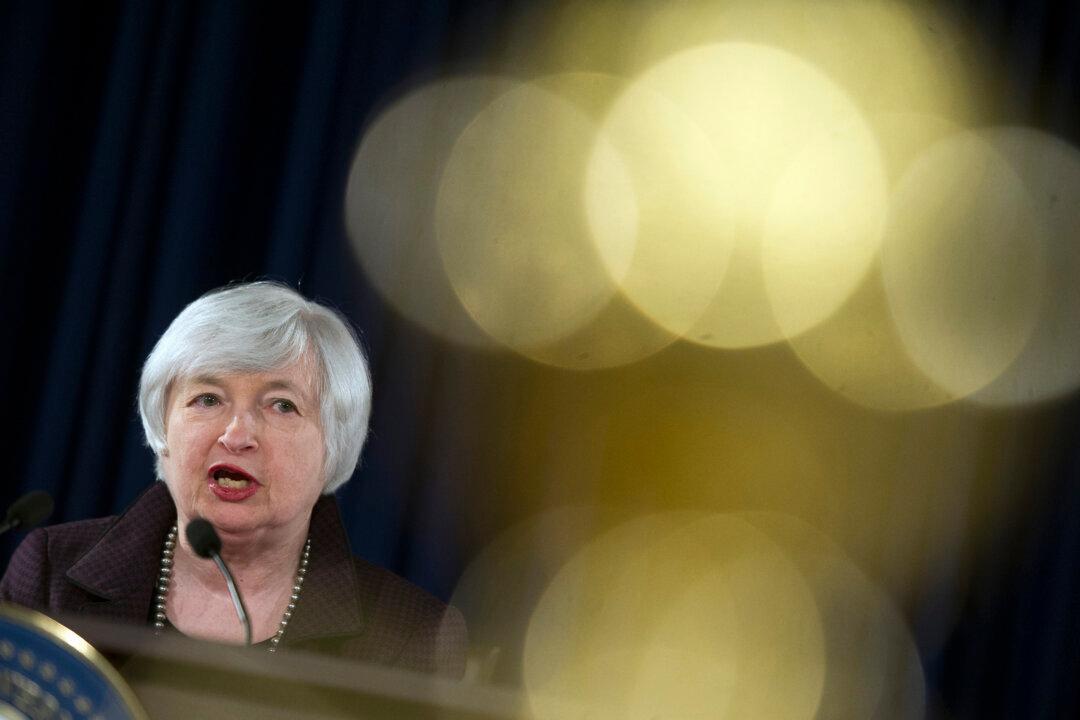[aolvideo src=“http://pshared.5min.com/Scripts/PlayerSeed.js?sid=1759&width=480&height=300&playList=518535023&responsive=false”]
WASHINGTON—U.S. consumers spent modestly more in October, but the small uptick suggests that they’re still wary of buying too much ahead of the crucial holiday shopping season.
The Commerce Department said Wednesday that consumer spending rose 0.2 percent last month, while September was revised from a decline to a flat reading. Income grew 0.2 percent in October.
The U.S. economy has recorded solid growth over the last six months, yet consumers have restrained their spending amid ongoing worries about stagnant wages. But with a steadily improving job market and falling gas prices, economists say American households are ready to shed their cautiousness.
The holidays will reveal if that’s true. The National Retail Federation, a trade group, is forecasting that holiday sales will rise 4.1 percent from last year. That would be the biggest gain in three years.
“We see no shortage of cash to finance robust spending; wage and salary income is up... and sooner or later, people will start to spend the gas price windfall,” said Ian Shepherdson, chief economist at Pantheon Macroeconomics.
October’s results reflected a 0.2 percent increase in spending on non-durable goods such as clothing and a 0.3 percent rise in spending on services such as utility payments and rent. Spending on durable goods such as autos fell 0.2 percent in October.
The small gains in spending and income left the saving rate unchanged at 5 percent of after-tax income.
Inflation remained a no-show, with a price gauge tied to spending rising by just 1.4 percent over the past months, well below the 2 percent target for inflation favored by the Federal Reserve.
The U.S. economy expanded at a 3.9 percent annual rate in the July-September quarter, with consumer spending growing at a 2.2 percent pace. Economists expect growth of around 2.5 percent in the current quarter, and they believe 2015 will bring further spending gains and growth of around 3 percent.
The job market has made steady progress this year. Employers have added an average of 239,000 jobs a month through October. That would make hiring in 2014 the strongest that the U.S. has seen in 15 years. The unemployment rate has fallen to 5.8 percent, a six-year low, from 7.2 percent just one year ago.
On top of an improving labor market, the adverse impact of earlier government spending cuts and tax hikes will ease following five straight years of sub-par growth.
The Federal Reserve last month recognized signs of the improving economy, but its language suggests that it does not intend to raise a key short-term interest rate for a “considerable time.” Many economists believe with inflation still low, the Fed is willing to wait until the middle of 2015 before it begins to boost interest rates.
From The Associated Press




